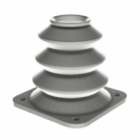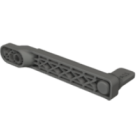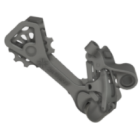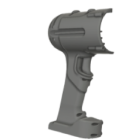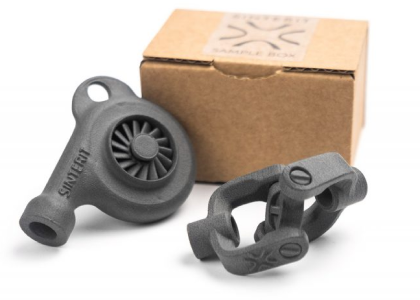What will 3D printers be used for in the future
3D printing is no longer just a tool for prototyping — it’s steadily becoming one of the core pillars of modern manufacturing, design, and even medicine. As materials, hardware, and automation capabilities evolve, the scope of what 3D printers will be used for in the future is expanding far beyond current expectations. What was once a niche capability for engineers is now reshaping how products are imagined, built, and delivered across the world.
From rapid prototyping to scalable production
The most obvious and already accelerating shift is from one-off prototyping to full-scale, end-use production. With technologies like SLS and MJF offering strength and repeatability, and metal printing closing the gap with traditional machining, additive manufacturing is moving deeper into production lines — especially where tooling costs, small batches, or customization make traditional methods inefficient.
In the future, it’s likely we’ll see digital warehouses replacing physical stock, with components printed on demand, closer to where they’re needed. This will reduce storage needs, shipping emissions, and lead times — offering a more agile and sustainable supply chain.
Personalized products at scale
The cost question depends on context. For low- to mid-volume production, 3D printing often proves more economical — especially when tooling costs, iteration One of the most transformative aspects of additive manufacturing is its ability to mass-customize without increasing cost. Whether in healthcare, where personalized implants and orthotics can be tailored to individual anatomy, or in consumer goods like eyewear and footwear, 3D printing unlocks true personalization at scale.
As software becomes more intelligent and integrated with patient or customer data, digital design automation will let users co-create with manufacturers — from bespoke medical devices to fashion accessories and sports gear built around real-time biometric data., and design changes are factored in. It also reduces warehousing needs, thanks to digital inventories and print-on-demand workflows.
Smart materials, embedded functionality
In the near future, 3D printers won’t just produce structural parts — they’ll manufacture functional systems. Advances in multi-material printing, conductive inks, and embedded electronics will make it possible to print parts that include sensors, antennas, and even circuits directly into their geometry.
Imagine structural components that monitor their own health, or consumer products that ship with built-in IoT capability — all printed in a single run. This isn’t speculative; the foundations already exist in research labs and advanced applications.
Construction, food & biofabrication
Looking even further ahead, the frontier applications of 3D printing will extend into large-scale construction, food production, and biological systems. Concrete printers are already building experimental housing, with promises of speed, cost savings, and sustainability.
In parallel, researchers are developing methods to 3D print tissues, scaffolds, and eventually organs — a future where hospitals might print patient-specific implants or regenerative structures in-house.
And in the culinary world, food-grade printers are being explored to create nutritionally optimized, precisely portioned meals, potentially transforming everything from elder care to space exploration.
A new mindset for design and production
Ultimately, the future of 3D printing isn’t just about hardware. It’s about changing how we think about making things. Designs will no longer be constrained by what a mold or mill can produce. Supply chains will no longer depend entirely on shipping physical goods. And companies will no longer need to choose between speed, quality, and flexibility — because additive technologies make it possible to have all three.
The question isn’t just what 3D printers will be used for in the future, but rather:
What will future products look like when the limits of manufacturing are finally gone?
Explore also
- Is 3D printing the future?
- What is the future of 3D printing?
- Future uses of 3D printing
- 3D printing vs traditional manufacturing
- Trends in additive manufacturing
- AI in 3D printing
- Automation 3D printing
Related categories




